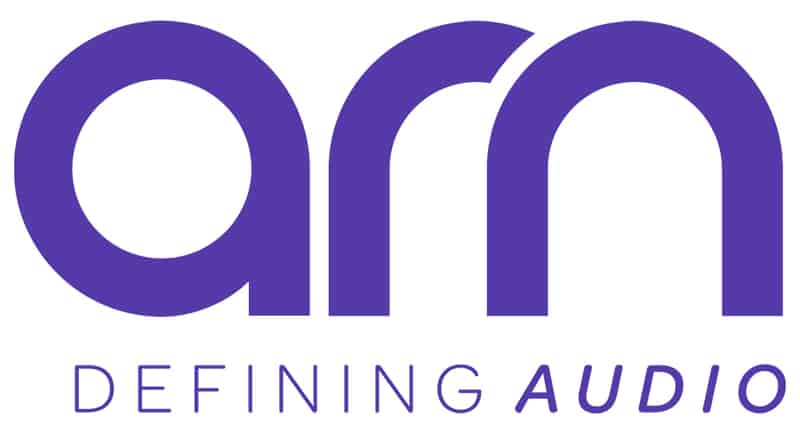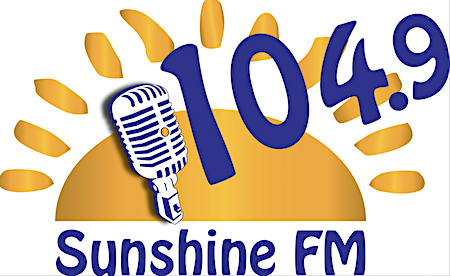How climate sound can keep audiences engaged: Radiodays Europe 2024
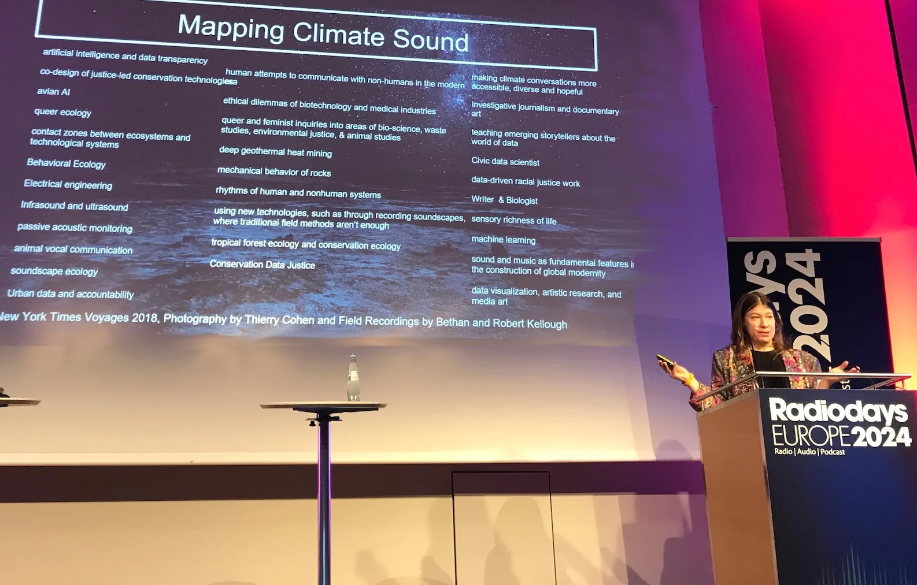
Use of climate sounds – and how they can grab our attention – took centre stage at the Radiodays Europe 2024 conference this week.
Climate sounds are captured with microphones and used to show the impact of climate change and the impact of decisions taken to alter the natural environment.
Explaining an environmental audio mapping project, Kara Oehler from Freie Uiversitët Berlin said “Climate sound can be incorporated into reporting as a way of keeping the interest and attention of the audience.”
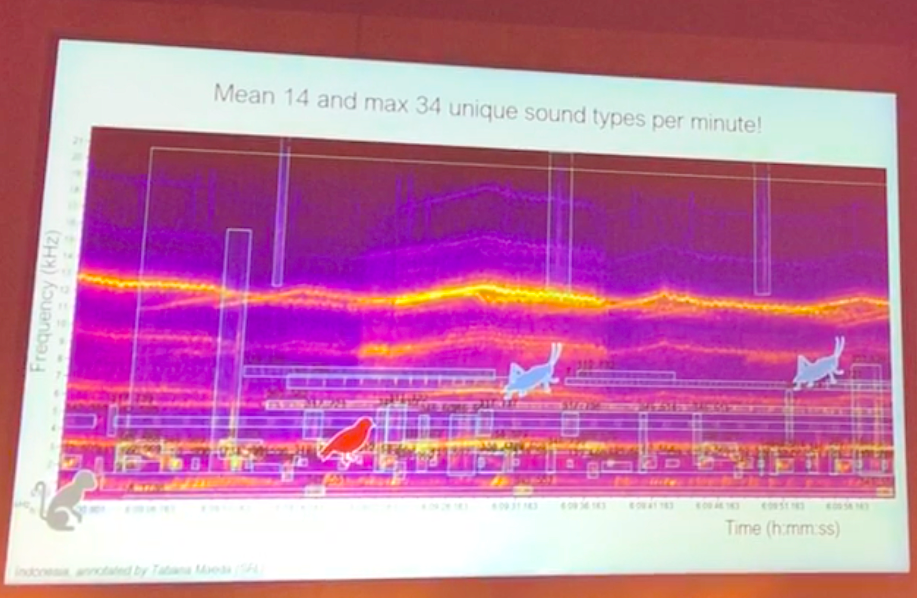
Oehler explained how different species take up different audio frequencies, and how this is being used to track climate change.
She offered an example of how a soundscape recorded before some of a forest was logged, compared with a soundscape taken one year later.
The comparison of the two recordings shows the reduction of biodiversity.
Combining the audio wave forms with illustrations of the animals heard provides a visual reference for soundscapes captured at various times in the sound mapping project.
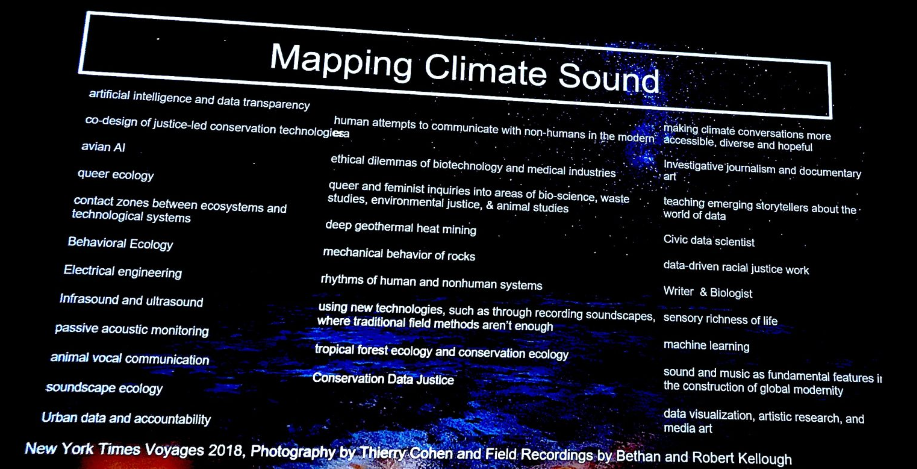
Using the audio tool, the researchers were able to show that the condition of the forest did not return to its original level after logging.
Even after the logged trees were replanted, the audio soundscape demonstrates that the variety of wildlife did not return.
Oehler’s work is undertaken at the Institute for Climate Sound & Society at Freie Uiversitët Berlin.
Head here to our sister publication RadioInfo for a full wrap up of RDE24.

